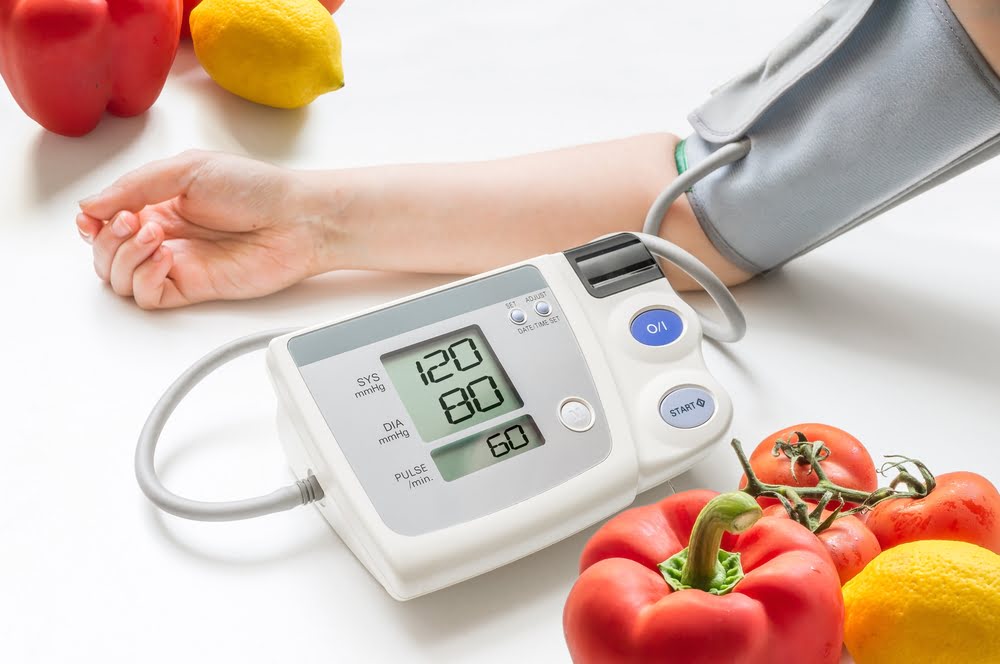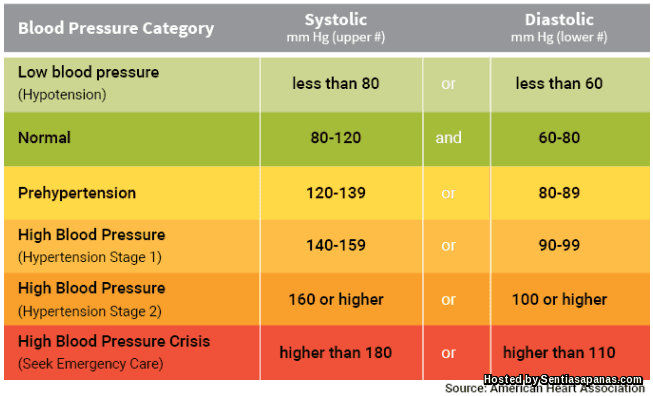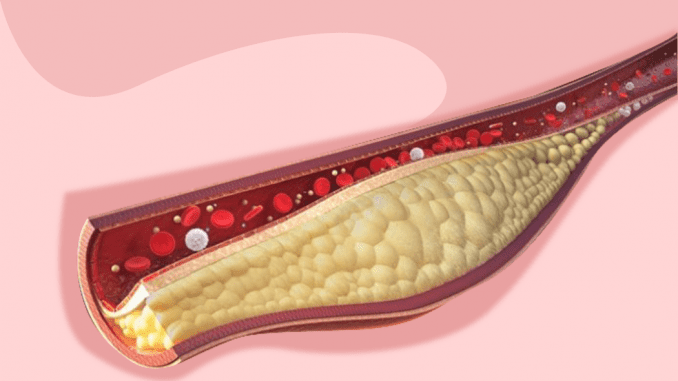Normal adult human blood pressure is 120/80 mmHg. Blood pressure expresses the pressure that the blood experiences when blood is pumped by the heart around the body.
Blood pressure can change with age, body condition, and activity.
In general, human blood pressure is classified into three groups.
- Normal blood pressure
- High blood pressure
- Low blood pressure

Normal human blood pressure
Normal blood pressure for children and adults has different values.
The way to read blood pressure values is to look at the first and second numbers. 120 (the first number) indicates systolic blood pressure. Systolic pressure expresses the pressure when the heart pumps blood around the body.
80 mmHg (second number) indicates diastolic blood pressure. Diastolic pressure expresses the pressure when the heart muscle relaxes, before pumping blood.
A person who has a blood pressure value above normal blood pressure is diagnosed with hypertension and if the blood pressure is below normal blood pressure is said to have hypotension.

High blood pressure (hypertension)
Hypertension occurs when blood pressure is above normal blood pressure. Blood pressure is above 130/80 mmg.
Hypertension can lead to diseases such as stroke and heart disease, and fatal diseases of other organs such as kidneys. Besides being able to trigger deadly diseases, hypertension is also difficult to identify.
Things that can trigger hypertension include: Obesity, likes to consume salty foods, age, rarely exercise, smokers, and heredity.
Low blood pressure (hypotension)
Hypotension occurs when blood pressure is below normal blood pressure. Occurs when blood pressure is below 90/60 mmHg.
Symptoms usually experienced by people with low blood pressure, such as nausea, dizziness, fatigue, thirst, unclear vision, rapid and shallow breathing, lack of concentration, and fainting.
Blood pressure that is too low can lead to heart and brain damage.
Things that can cause hypotension include: dehydration, anemia, hormonal imbalances, heart problems, hormonal imbalances, and so on.
Maintain normal blood pressure
In order for blood pressure to remain normal, we can do the following things.
- Get regular exercise
- Maintain ideal body weight
- Eat healthy foods
- Avoid smoking, alcohol, and dangerous drugs.

